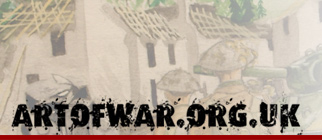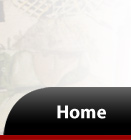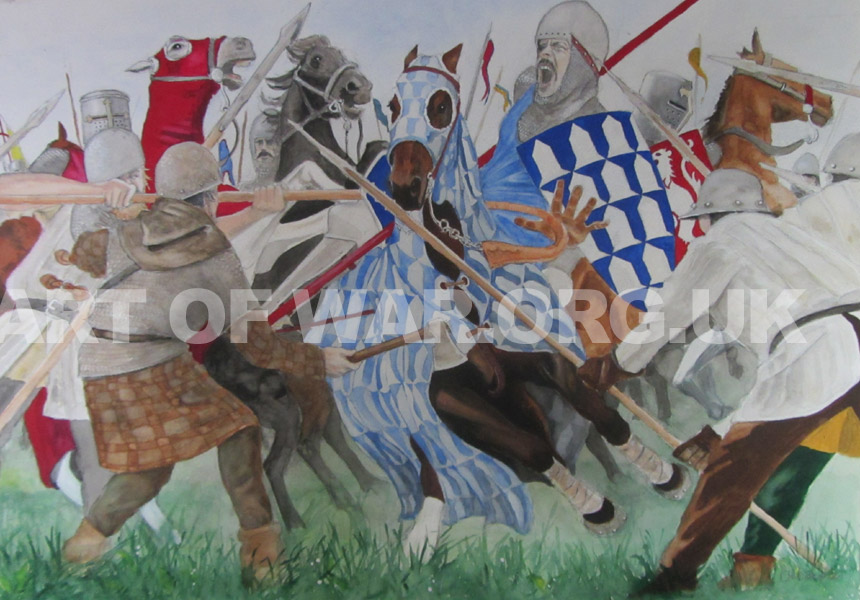      |
||||
| Welcome to www.artofwar.org.uk | ||||
Bannockburn |
||||
 |
||||
Battle of Bannockburn 23-4 June, 1314
The death of King Edward I of England, who was known as the ‘Hammer of the Scots' because of his success against Scotland, brought Edward II to the English throne. Edward II was not cast the warrior mould of his father but, though he had many problems in England , with his dissatisfied Barons, he had no intention of relinquishing his pressure on Scotland . Robert the Bruce, who was crowned Robert I of Scotland in 1306, had rebelled against the English and was attempting to forge an independant Scotland . He besieged Stirling castle in 1313 and extracted a promise of submission if the castle was not relieved by midsummer's day in 1314. The two armies met at Bannockburn on 23 June, 1314 , on the approaches to Stirling . It was pointed out to Edward II that technically that the English army had relieved Stirling castle and no need for the garrison to surrender and, because King Robert's force was so small, the Bruce would not risk a fight. However Edward II was confident of victory and wanted to subdue the Scots once and for all. Unusually, the battle of Bannockburn opened with the English knight Sir Henry de Bohun recognised Robert the Bruce on a small grey horse, who was examining his forward positions, and tilting his lance at the Scottish King , eager for glory Sir Henry charged at the Bruce however, Bruce had no difficulty in side stepping the charge and dealing a mortal blow to Sir Henry's helmeted head. The battle had started on a sorry note for the English. The Scottish force was composed largely of infantry, with few archers and little cavalry. Bruce placed his men between two stretches of uneven and boggy ground, so the English had to attack against a narrow front. Bruce's tactics worked to perfection. The English cavalry hurled charge after charge against the massed spears of the Scottish front, to little effect. Edward II was encouraged to leave the battle field for safety and with their King and their fighting spirit gone, the English army broke and fled. The flight of the English troops was hampered by the boggy ground, and many were cut down by the pursuing Scots. The lack of Scottish cavalry limited pursuit, however. |
||||
| All artwork © Paul Bishop 2013 | Home | Gallery | Links | Contact | website design | |||